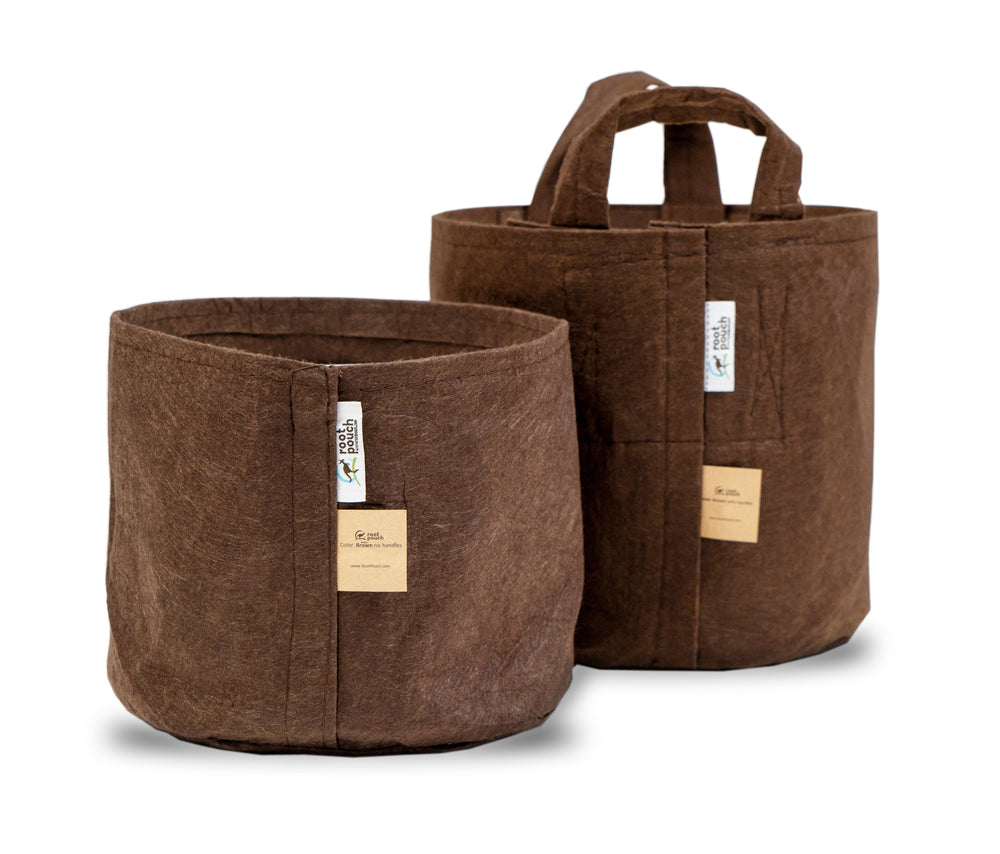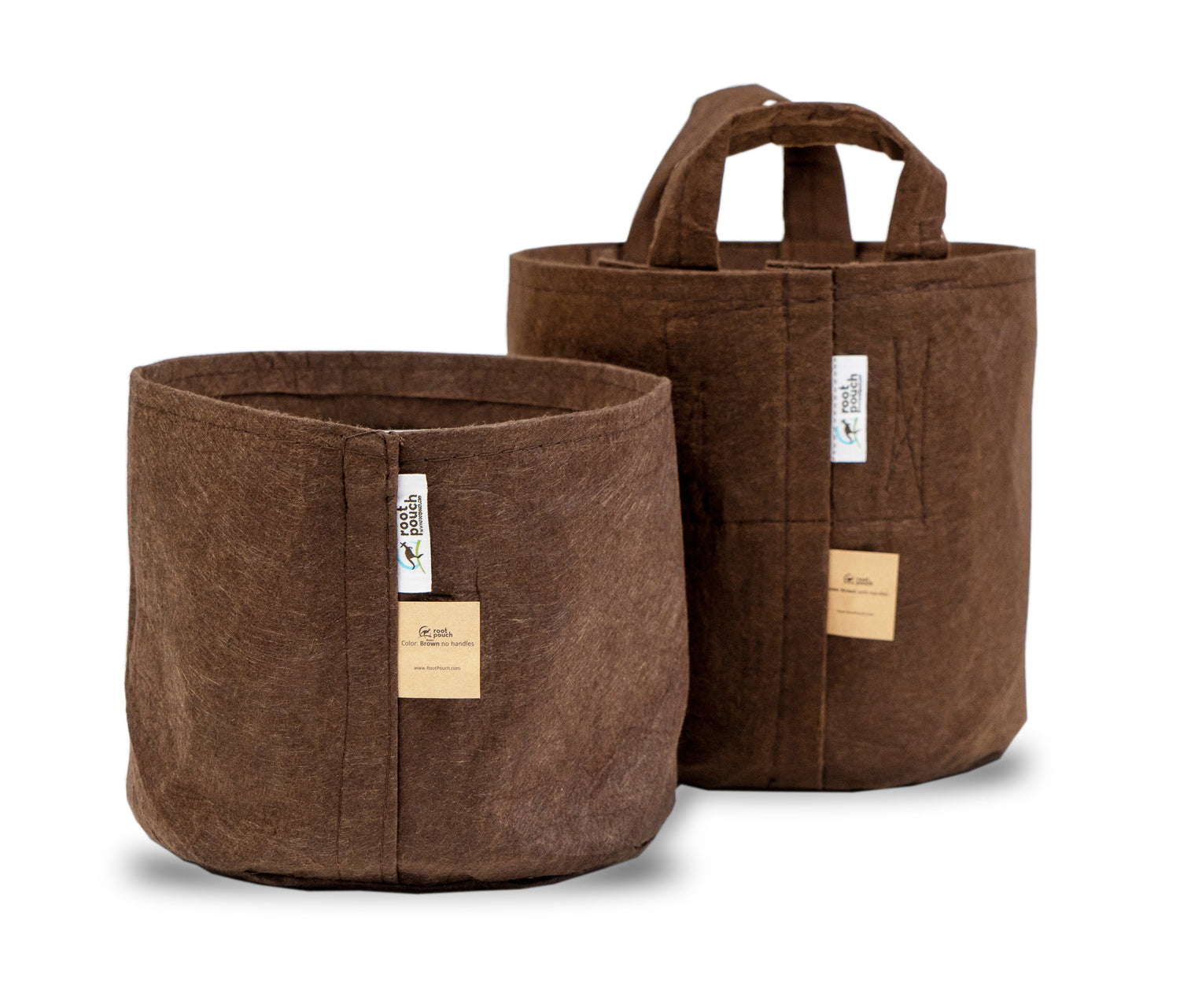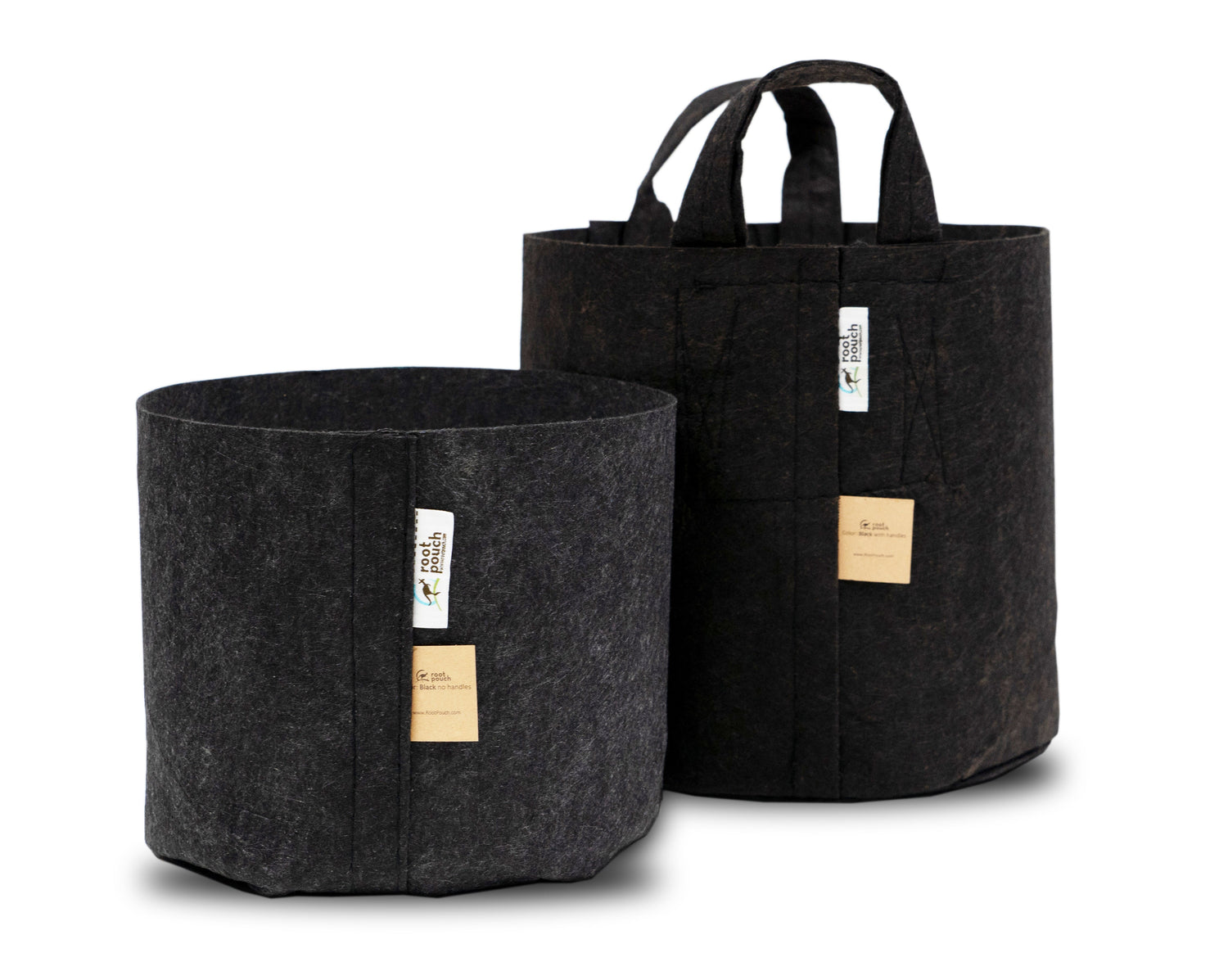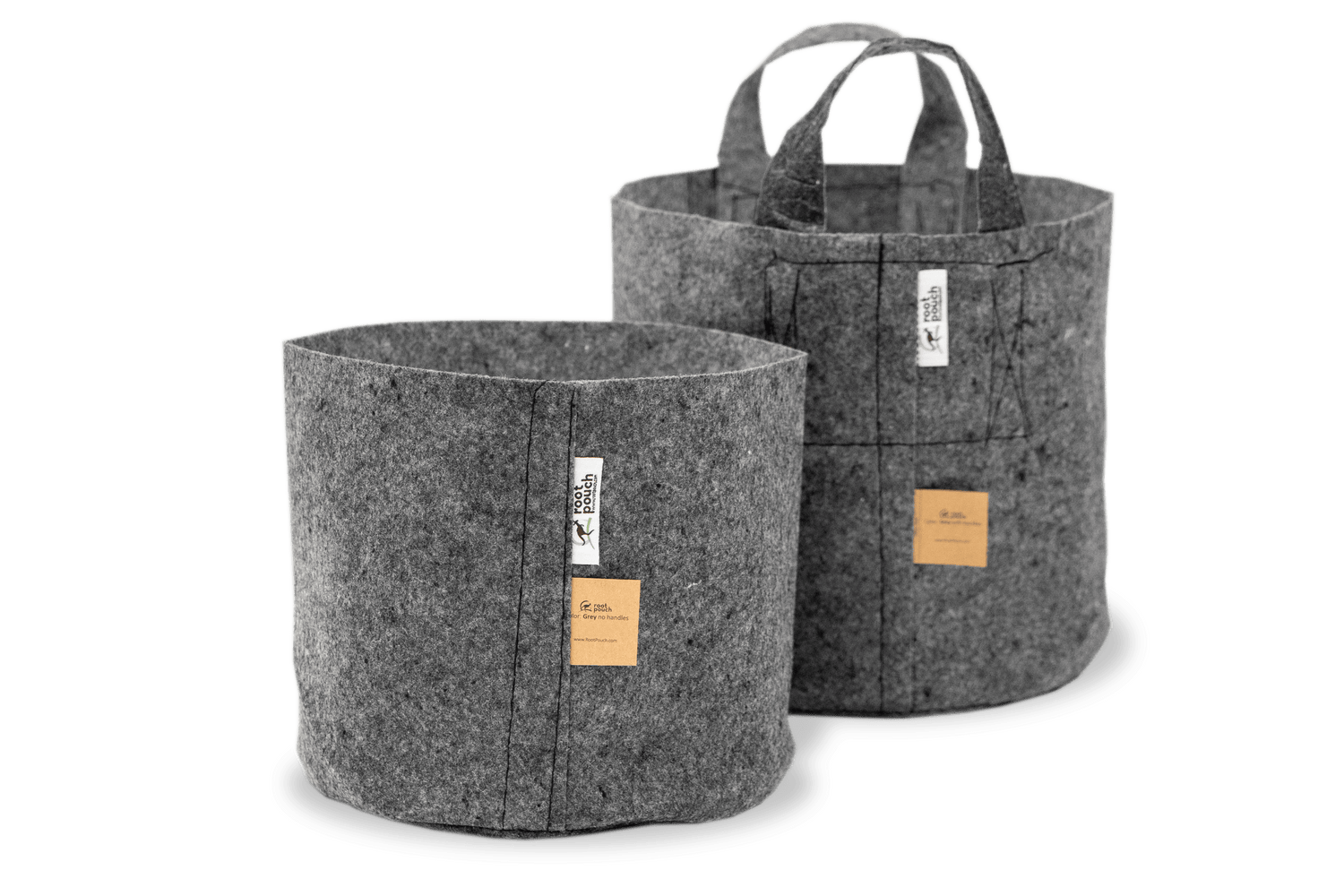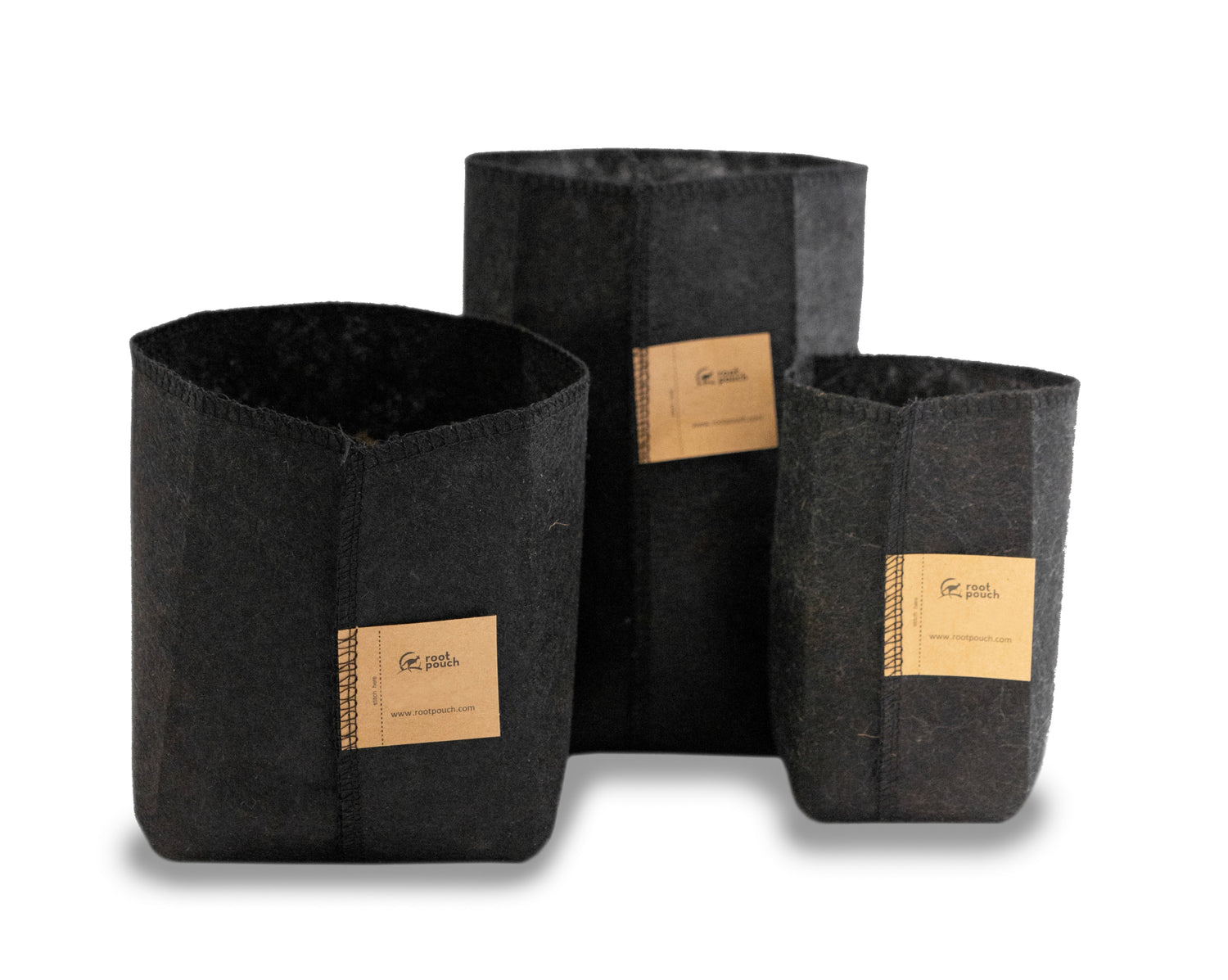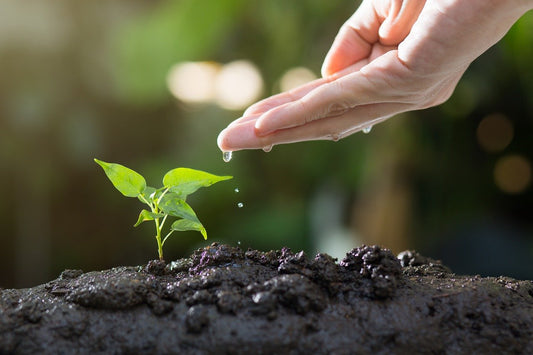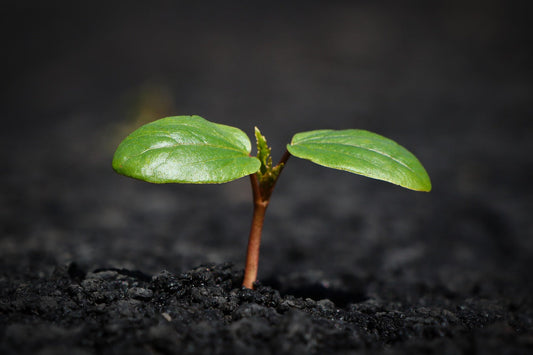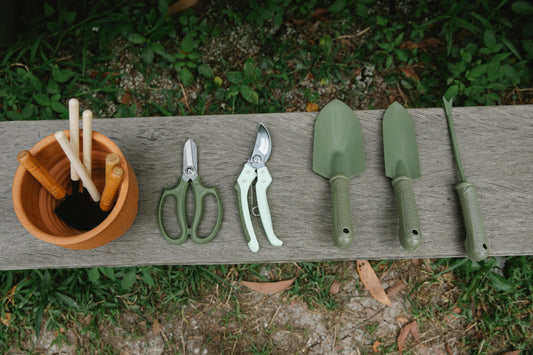In recent years, regenerative gardening has gained momentum as more gardeners look for ways to grow healthier plants while improving the environment. Unlike traditional gardening methods that can deplete soil nutrients over time, regenerative gardening focuses on building soil health, enhancing biodiversity, and capturing carbon—all while creating a thriving and productive garden.
If you’re ready to make your garden more sustainable and resilient, this guide will walk you through key regenerative gardening principles and how to apply them at home. Plus, we’ll explore how switching to fabric grow bags—like those from Root Pouch—can play a role in creating a healthier, more sustainable garden.
What Is Regenerative Gardening?
Regenerative gardening is a holistic approach that goes beyond sustainability. Instead of just maintaining the soil, it actively improves it by mimicking natural ecosystems. The goal is to create a self-sustaining garden that:
- Restores soil health through natural amendments and organic matter.
- Enhances biodiversity by encouraging beneficial microbes, insects, and pollinators.
- Reduces carbon emissions by avoiding chemical fertilisers and promoting composting.
- Improves water retention by reducing soil disturbance and using mulch effectively.
By following these practices, you can grow healthier plants while positively impacting the planet.
5 Ways to Build Healthy Soil Naturally
1. Composting: Turn Waste into Nutrient-Rich Gold
Composting is one of the easiest and most effective ways to regenerate your soil. By recycling kitchen scraps and garden waste into compost, you create rich organic matter that feeds your plants naturally.
What to Compost: Fruit and vegetable scraps, coffee grounds, eggshells, grass clippings, and dried leaves.
Avoid: Meat, dairy, and oily foods, which can attract pests.
Adding compost to your soil improves its structure, moisture retention, and microbial life, making it more fertile and productive.
2. Ditch the Chemicals: Use Natural Fertilisers Instead
Synthetic fertilisers might offer a quick boost, but they often damage soil health in the long run by killing beneficial microorganisms and depleting nutrients. Instead, opt for organic fertilisers such as:
- Compost tea – A nutrient-rich liquid that nourishes plants naturally.
- Bone meal & fish emulsion – Excellent for boosting phosphorus levels.
- Seaweed fertiliser – Packed with trace minerals that strengthen plant immunity.
By using natural fertilisers, you feed the soil rather than just the plants, creating a long-term foundation for healthy growth.
3. Keep the Soil Covered: Mulch, Cover Crops & Root Pouch Grow Bags
Bare soil is prone to erosion, nutrient loss, and moisture evaporation. To protect it, cover the soil using:
- Mulch: Wood chips, straw, or leaves help retain moisture and suppress weeds.
- Cover Crops: Planting clover, rye, or legumes enriches the soil naturally.
- Fabric Grow Bags: If you're growing in containers, traditional plastic pots can cause soil compaction and poor aeration. Root Pouch fabric grow bags offer a breathable alternative, preventing root circling and promoting healthier soil life within the container.
Using these techniques reduces soil disturbance, keeps microbes active, and conserves water.
4. Minimise Soil Disturbance: Try No-Dig Gardening
Tilling the soil might seem like a good way to prepare your garden, but it actually disrupts beneficial fungi, bacteria, and earthworms that contribute to soil health. Instead, the no-dig gardening method allows soil life to flourish naturally.
How to Start No-Dig Gardening:
- Add compost and mulch directly on top of the soil—no digging required.
- Let earthworms and microorganisms break down organic matter naturally.
- Use raised beds or fabric grow bags to create instant, no-dig planting areas.
This method saves time, reduces weeds, and improves soil structure without unnecessary work.
5. Encourage Biodiversity: Attract Beneficial Insects & Microbes
A thriving garden isn’t just about the plants—it’s about creating a balanced ecosystem where everything works together. Encourage beneficial insects and microbes to support soil health and plant growth.
- Plant flowers like lavender, marigolds, and sunflowers to attract pollinators.
- Use mycorrhizal fungi or beneficial bacteria to enhance root health.
- Avoid pesticides—opt for natural pest control methods like companion planting.
The more biodiversity in your garden, the stronger and more resilient your plants will be.
How Root Pouch Grow Bags Support Regenerative Gardening
One often-overlooked aspect of regenerative gardening is the choice of plant containers. Traditional plastic pots can contribute to soil degradation, root binding, and microplastic pollution.
Switching to Root Pouch fabric grow bags offers several regenerative benefits:
- Promotes Healthier Roots – The breathable fabric prevents root circling and encourages stronger, more fibrous roots.
- Improves Soil Aeration – Unlike plastic pots, fabric allows better airflow, supporting soil microbes.
- Made from Recycled Materials – Root Pouch bags are crafted from recycled plastic bottles, reducing waste and promoting a circular economy.
- Reduces Water Waste – The fabric naturally regulates moisture levels, preventing overwatering and improving drainage.
Whether you’re planting vegetables, herbs, or flowers, switching to Root Pouch grow bags aligns with regenerative gardening principles while improving plant health.
Final Thoughts: Start Regenerative Gardening Today!
Regenerative gardening isn’t just a trend—it’s a long-term approach to growing food and plants in harmony with nature. By composting, reducing soil disturbance, encouraging biodiversity, and using sustainable materials like fabric grow bags, you can create a garden that gives back to the planet.
Ready to take the next step? Try incorporating Root Pouch grow bags into your regenerative gardening setup and watch your plants (and soil) thrive.
Shop Root Pouch grow bags today and start your journey toward a more sustainable garden!
